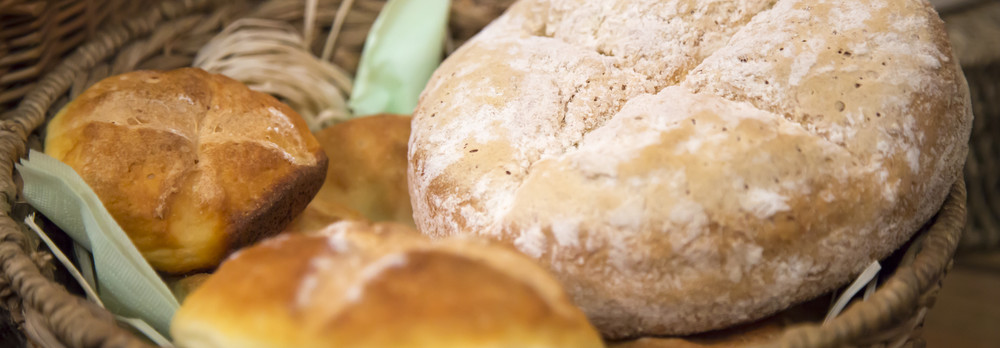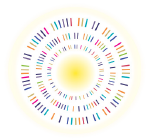Gluten is the generic name for certain types of proteins contained in the common grains – wheat, barley, rye, oats (some) and their derivatives. Gluten gives elasticity to baked goods. Gliadin is the gluten fraction and is a large protein molecule that can be hard to digest.
The most extreme reaction to gluten occurs in Coeliac disease, where your body mounts an immune response to gluten, causing inflammation in your gut, with serious health consequences.
Symptoms of Coeliac disease can include:
Weight loss
Diarrhoea, constipation, nausea and abdominal pain
Infertility
Mouth ulcers
Easy bruising
Iron and B12 deficiency
Fatigue and Irritability
Delayed growth and puberty
Joint and bone pain
Visit www.coeliac.org.au for more information
However, it is also possible that many more people have a milder form of gluten intolerance which can contribute to many similar symptoms. Your ITH doctor can help assess this.
Starting to go gluten free
It is important to get expert advice about eating a well- balanced diet that is right for you and works for your family and your lifestyle. It’s not as simple as replacing your entire pantry with “Gluten Free” options. These foods are often highly processed and high in sugar.
We encourage you to talk to our nutritionists and also to start eating more fresh, local and seasonal foods to help you reduce your gluten intake. Fresh foods like fruits, vegetables, meats, eggs, nuts, legumes, good fats and oils are naturally gluten free.
Labels
The key to successfully eliminating gluten is to become an expert label reader.
‘Wheat free’ does not mean gluten free. Wheat is where you will find gluten 90% of the time, however there may still be other gluten grains in foods labelled “wheat free.”
Recheck your labels each time you purchase a product, as a manufacturer can change the ingredients of a product at any time. A change in ingredients and labelling often coincides with a change in the way the packet looks. Check our chart on where you will (and won’t) find gluten in your food products.
A note about oats
Technically there is no gluten in oats, however they are often processed alongside other glutinous grains and so can contain small traces of gluten. It is possible to buy “gluten free” oats, check they are labelled as Gluten Free.
Our top tips for going gluten-free
- Keep it simple to start with and focus on fresh seasonal foods
- Focus on what you can eat, rather than what you can’t eat.
- Speak to your nutritionist/doctor about food options
- Consider cooking enough dinner to be able to have leftovers for lunch
- Shop around the outside perimeter of the supermarket first – this is where the fresh foods are.
Need some inspiration?
Check out these websites for a variety of gluten free recipes
http://glutenfreegoddess.blogspot.com.au
http://www.jamieoliver.com/recipes/category/special-diets/gluten-free
Download your guide to Gluten free foods



